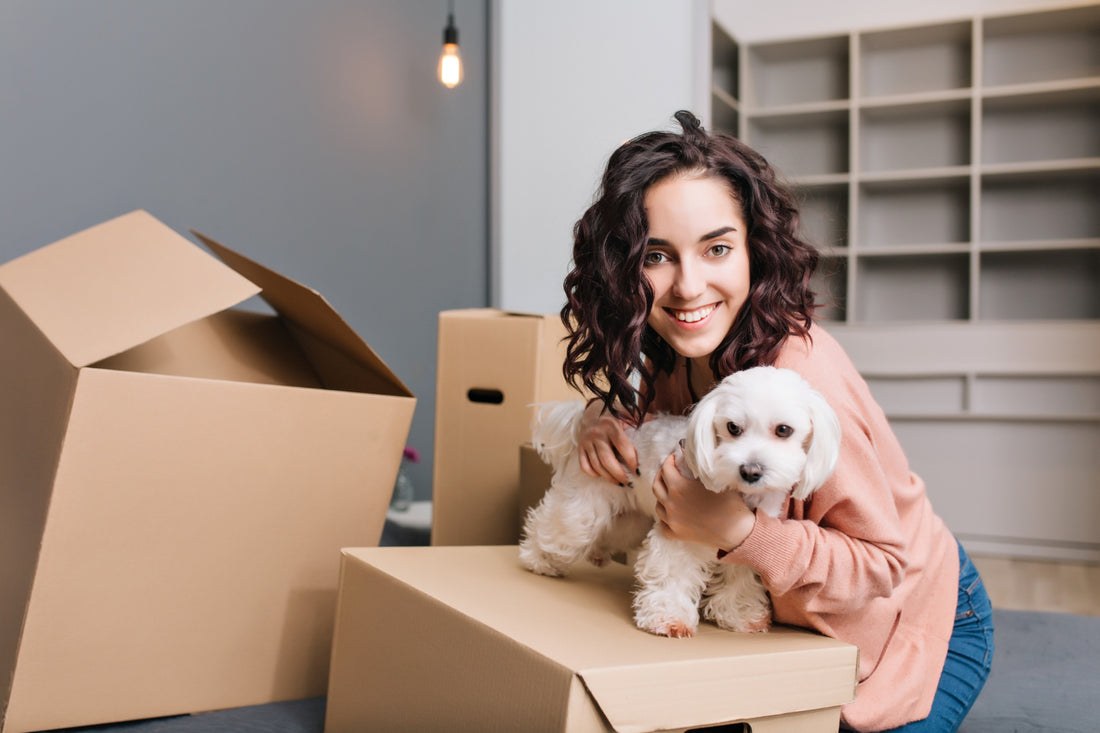Learn valuable tips and advice on how to help your furry friend adjust to moving to a new home. Our blog covers everything from creating a safe and comfortable space for your pet in the new environment to maintaining routine and consistency during the transition. Discover expert advice on reducing stress and anxiety in pets during the moving process. With our comprehensive guide on pet moving tips, you can ensure a smooth and successful relocation for your beloved companion. Whether you have a dog, cat, or any other pet, we have the resources you need to make the move as stress-free as possible.

